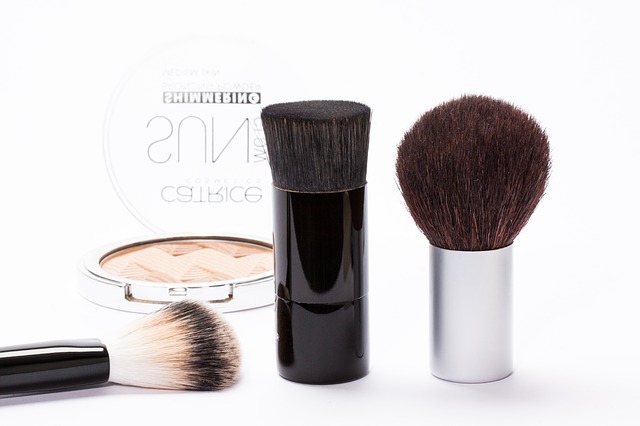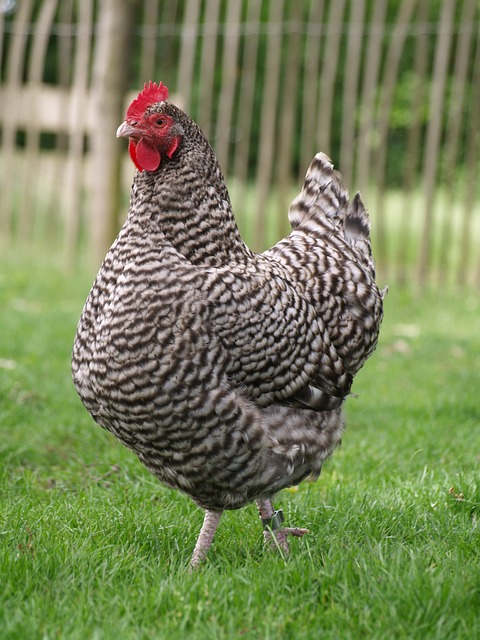When shopping for food, makeup, & personal care products, most folks take at least a cursory glance at the label. Labels are supposed to provide information – identifying the product, the ingredients, the manufacturer, etc.
But what do those words on the label really mean? Does “Natural” equate to organic? Does “organic” mean it’s 100% organic?
These days manufacturers and marketing companies know that a lot of people want to avoid chemicals as much as possible, especially the food we eat and products applied to our skin! So even when their products may not be the best for us, they use smart language to get and keep our attention. Here’s some tips on what exactly these label s mean about what’s inside that package:
Natural – By the USDA definition, these products should not contain artificial ingredients or preservatives and are minimally processed. They may contain antibiotics or growth hormones, however and there are no inspections or certifications required by the USDA.
All Natural – The USDA defines Natural and All Natural as the same.
USDA Organic – In regards to foods, they must be grown and processed without the use of most synthetic or petroleum based fertilizers, without sewage sludge, are not GMO (genetically modified), radiation, hormones, or antibiotics. For meat, the animals must have 100% organic feed with no animal by-products, no growth hormones, no antibiotics, and must have continuous access to the outdoors. Note that chickens are exempt from the access to outdoors requirement. There are several levels of organic for items with multiple ingredients, per the USDA guidelines, so look for specifics! There are strict guidelines for USDA Organic certification and steep fines for violations, including misrepresentation, so it’s likely that any foods labeled organic are truly organic.
100% Organic – All of the ingredients used must meet certified organic standards.
Organic – 95% of the ingredients must meet certified organic standards, the remainder must come from a USDA approved list of non-organic ingredients. The USDA Organic seal is still allowed on these products, so if 100% organic is important to you, be sure to look for that statement on the packaging!
Made With Organic Ingredients – At minimum, 70% of the ingredients must meet certified organic standards adn the remainder must meet other standards, including no GMO ingredients. These products may not bear the USDA Organic seal.
Regarding Cosmetics and Personal Care Items – The FDA does not have requirements of the term organic, and the USDA does not govern or have authority when it comes to these kinds of products when they are made of non-agricultural ingredients. If, however they are made of agricultural ingredients, the USDA Organic certification can be attained and the labeling would be the same as food products. Cosmetic and personal care products labeled as “organic” but not USDA certified may still contain chemicals hazardous to your health. Clear as mud, right?
Free Range & Cage Free – Animal products labeled this way should come from animals which are allowed to forage over an area of open land. However, these products labeled with these terms are not closely overseen and there are no certifications required by the USDA.
Grass Fed – USDA definition states that these animal products come from animals allowed to graze out of doors. This label is generally preferable to “Cage Free” as the nutritional value of grass fed animal products is superior, however there the USDA does not regulate this label in any way.
Many American consumers today are demanding more specific and honest information on product labels. What are the biggest concerns you have with regard to product labeling? Will the above information change the way that you view the products that you and your family consume?















